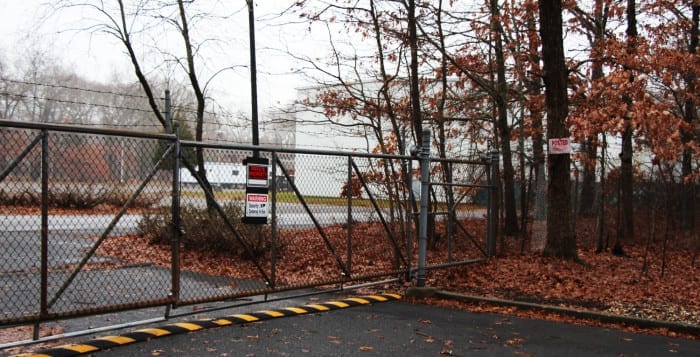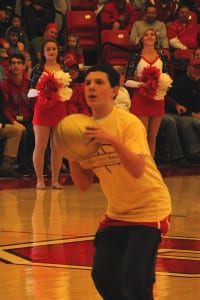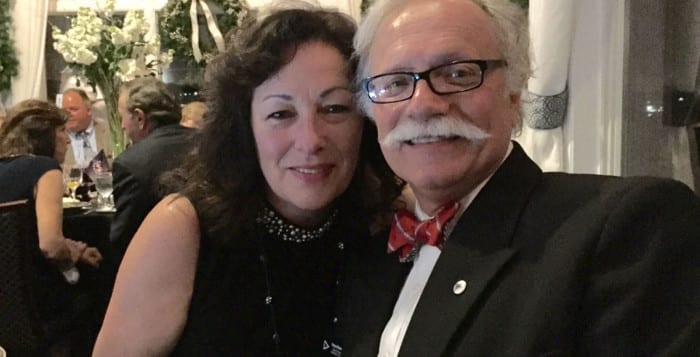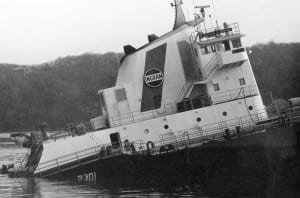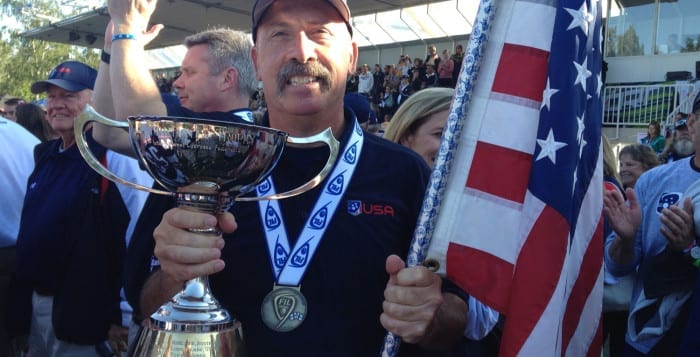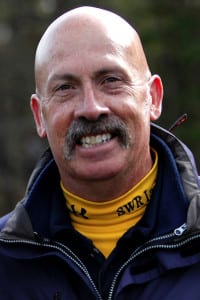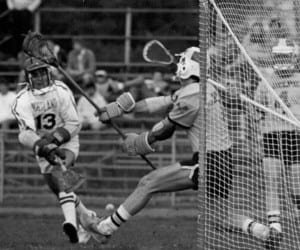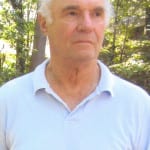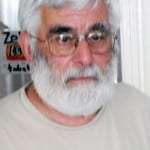College football fans that live on Long Island might as well live on a deserted island. A Long Islander looking to take in a major college football game on a quick Saturday trip has two options, and sadly, at the moment, neither is very appealing.
Rutgers University plays their home games in Piscataway, New Jersey, which is about a two and a half hour drive from the Times Beacon Record office located in East Setauket. Under three hours isn’t a terrible ride to see a Big Ten football game, but the Scarlet Knights’ 4-12 conference record since joining leaves a bit to be desired for five hours round trip.
The University of Connecticut in East Hartford is about the same distance from East Setauket as Piscataway, New Jersey, with the help of the Port Jefferson ferry. Though a $75 each way ferry ticket is difficult to justify to see a team that saw a dramatic improvement to go 6-7 overall this year, up from their 3-9 and 2-10 2013 and 2014 records, respectively.
Rather than use up my time, energy and money to make one or more treks to Piscataway or East Hartford to see struggling teams, I went with my brothers and a couple of friends to games in the newly minted College Football Playoffs the last two seasons. On New Year’s Day 2015, a year ago, I was at the Rose Bowl in Pasadena, California, to see Florida State University play the University of Oregon. On New Year’s Eve 2015, I attended the Cotton Bowl at AT&T Stadium in Arlington, Texas, where the University of Alabama met Michigan State University. The games were moved from New Year’s Day to New Year’s Eve this season, so technically both games took place in 2015.
It may be premature to call a two-time occurrence a “yearly tradition,” but they have to start somewhere, and I think that is what my brothers, friends and I have created — a yearly New Year’s Eve/Day tradition.
As far as New Year’s Eve plans go, traveling to Texas to see a football game might seem comprehensive and overwhelming. But if you consider what goes into planning some of the “all-inclusive” catering hall-type events that are closer to home with a large group of people, the difference in legwork is negligible. When compared to bustling into Manhattan to see the ball drop in Times Square, I’d argue this is even simpler and easier.
I can’t recommend highly enough for college football fans living on Long Island to try and make it to one of the three playoff games next season. We flew out of LaGuardia Airport on the evening of December 30th, landing in Dallas and checking into our hotel in enough time to explore the area around the vast AT&T Stadium, home of the Dallas Cowboys and the largest video board known to man. We stumbled upon a local sports bar with infinite televisions and beer-on-tap choices to go along with some excellent Texas style barbecue. On game day, the 31st, we explored the stadium, which can’t remotely be captured in words, and attended the game.
College football fans have a reputation for being ravenous and boisterous, so imagine about 100,000 of them packed into some of the nicest venues in the country and worked into an absolute fever. The two games I’ve attended were experiences unlike any other, let alone sporting events.
Both years, we booked flights home for the day after the day after the game, leaving us a day to do some modest exploring in a new city. Dallas did not disappoint. We visited the site of John F. Kennedy’s assassination, which is now a museum. We stood and looked out the window down to the road from the perspective of Kennedy’s killer and saw the same view that he saw on that day. We drove the same path that Kennedy’s motorcade took. It was a breathtaking experience.
Believe it or not, costs for both trips were not as outrageous as you might think. Because the venues are so large, there are game tickets to be had, and if you’re willing to leave a little before the 31st, flights are more manageable as well.
Next year, we’ll be choosing between the Peach Bowl in Atlanta, Georgia, the Fiesta Bowl in Glendale, Arizona and the National Championship game in Tampa Bay, Florida. Trust me, keep it in mind.





